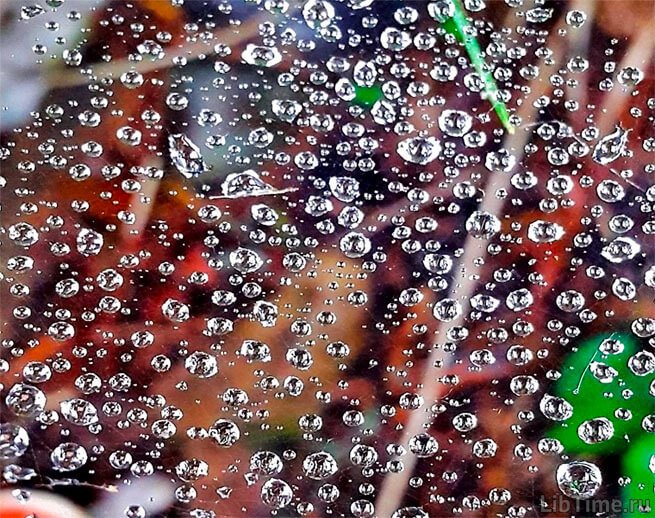Plant cell chromoplasts
One of the most interesting directions of modern biology is the study of nuclear-cytoplasmic, in particular nuclear-plastid interactions in plants. Such works are of great interest because they are related to theoretical and applied issues. 
Chromoplasts of plant cells color many flowers and fruits, contributing to plant pollination and seed dispersal, thus performing an important ecological function. A comprehensive study of chromoplasts is essential for understanding issues such as subcellular morphogenesis, plant senescence, and adaptive evolution. At the same time, their functioning is associated with plant productivity, deposition of substances in the reserve, and the quality of agricultural products.
Chromoplasts have long attracted the attention of researchers with their pronounced pigmentation. However, unlike chromoplasts of photosynthetic tissues, their study was for a long time limited to the study of morphology, distribution and structural features with the involvement of optical and electronic techniques. It was shown that chromoplasts are represented by a variety of forms with many structural features.
In 1973, the monograph"Ultrastructure of Carotenoidoplasts (Chromoplasts)" by B.G. Matienko and E.M. Chebanu was published, in which the authors for the first time tried to systematize and summarize the scattered materials concerning chromoplasts. The work thoroughly analyzed the data available at that time and made specific conclusions that are relevant at present.
In recent years, methods have been developed for obtaining highly purified preparations of chromoplasts from various sources, as well as their subfractions, which made it possible to perform fine experiments to study the chemical composition of organelles and their structural elements, to evaluate the ability of these plastids to synthesize carotenoids, prenyl lipids and lipids, to study nucleic acids and other issues.
Together with ultrastructural studies carried out in recent years using more advanced techniques, the results of biochemical experiments have significantly supplemented and, in some cases, modified the previously existing ideas about chromoplasts as biological structures. In this connection, it is necessary to evaluate the studied organelles from new positions.
Aspects of chromoplast functioning will be discussed in subsequent articles in the Libtime blogosphere. Special attention will be paid to the study of metabolic transformations in the studied organelles, biochemical composition, biosynthesis of lipids, prenylquinones and carotenoids will be considered. The issues related to the functioning and genetic role of chromoplast nucleic acids will be described in detail.


